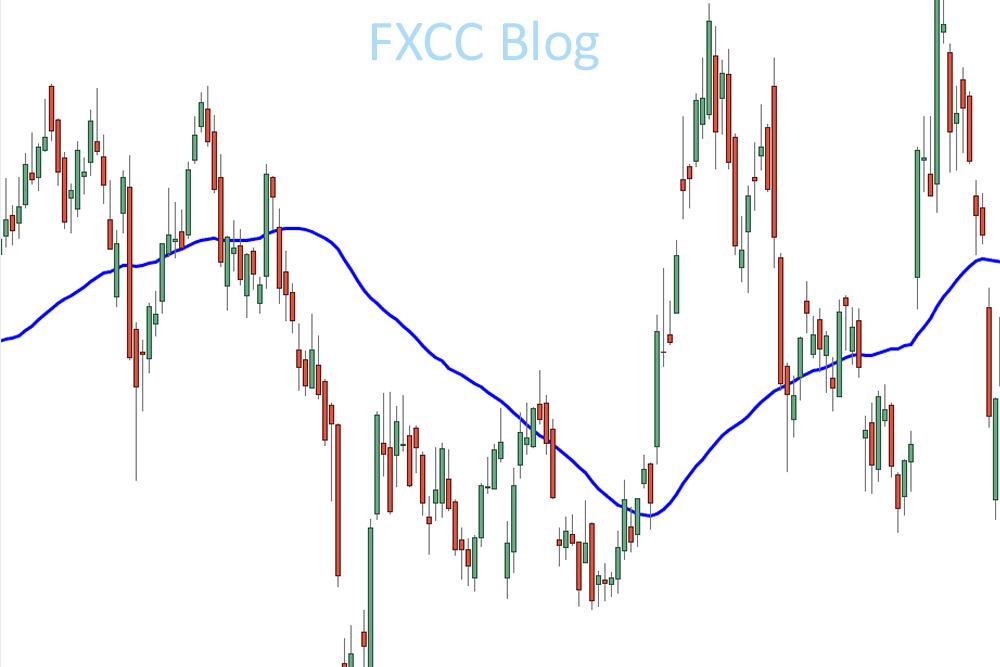
Lighting up our trading charts with a multitude of indicators and information, to resemble the Xmas tree most of us have been busy taking down to put back in its box until next year, or recycle, is a natural trading phenomena. It’s a rights of passage that we all have to experience. Only the truly gifted could rationalise and reduce trading down to its simplest form, before having the required experience to make such enlightened decisions and many of us would contend that being described as “gifted” were trading is concerned, is irrelevant.
The gifted don’t exist were trading is involved, unless we define gifted as having the: determination, dedication and perseverance to stick at trading, whilst having the necessary savings at hand to fund gaining that invaluable early education leading to experience. There are no incredible powers of deduction, or abilities to recognise patterns required to trade forex successfully. It’s important that we also recognise that being under capitalised is one of the biggest, if not the biggest barrier, to our potential success, whatever hidden talents or predisposition we may think we have, it won’t replicate having the necessary funds to trade.
It’s inevitable and essential that as curious intelligent beings, we’ll experiment in trading and during that journey of experimentation we also learn what works and most importantly what works for us and our trading style. Some indicators, certain multiple indicator based strategies and trading methods, just aren’t suited to either the amount of time we can dedicate towards trading (particularly at the outset), or our individual psyches. Stripping down and rationalising our charts and trading, after taking comfort from the complication that we believe a cluster of indicators can provide, can represent quite a challenge, but it’s a challenge and barrier that we have to overcome sooner rather than later and before it becomes a destructive influence on our trading.
Many forex day traders will use the simplest of techniques; basic candlestick price action and patterns, looking at critical levels/round numbers (handles), the daily pivot point including levels of support and resistance and perhaps using large moving averages, such as; the 100 and 200 DMAs drawn on a daily chart. Why do they use such averages? Generally it’s because these DMAs are used by institutional level traders, as are the key levels and significant round numbers.
Most of us will (or should) subscribe to various market commentaries published by, for example; Bloomberg, Reuters and the F.T. If we take time out to read and analyse the various regular columns we’ll notice that the articles often quote traders and analysts. These experts will typically work for leading investment banks and institutions and they’ll have decades of experience. Often their comments will reference some of the technical indicators we’ve become familiar with, such as the MACD or RSI, occasionally we’ll read reference to Fibonacci and we’ll also regularly read reference to the large moving averages and large round numbers.
It must be noted that institutional level traders do not trade to gain profit in the same manner us retail traders do, they’re not hunched over their three screen set up trying to squeeze their wages out of their MetaTrader platform. The bulk of forex traders at institutional level are employed to enable the bank’s corporate clients to smooth out the cost of international transactions, often by the use of hybrid forms of hedging. Whereas our retail forex business has grown more by accident than design, as a consequence of this approximate $5 trillion a day turnover business.
These institutional level traders may be concerned with EUR/USD reaching or breaching 1.200, with the USD/JPY 200 DMA being sited close to a significant round number etc. They won’t be waiting for the MACD, RSI, DMI and stochastic lines to align on a two hour chart, to give them a green light to short NZD/JPY and it’s these large traders who move our markets. We operate in their jet stream, we profit from their slip stream and whilst many analysts will contend that the large moving averages work due to being front of self fulfilling prophecies, price reacts often enough to these levels and to looming round numbers that we don’t have to overthink their value in our trading.


